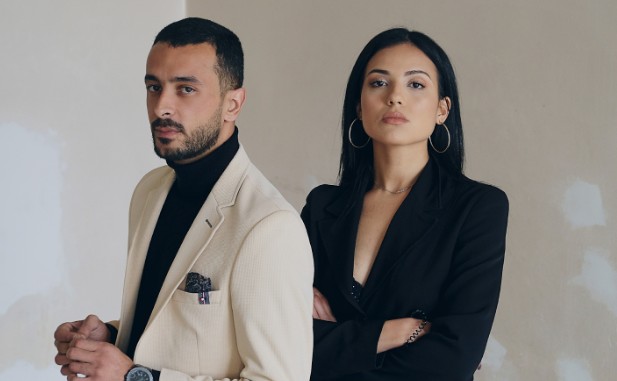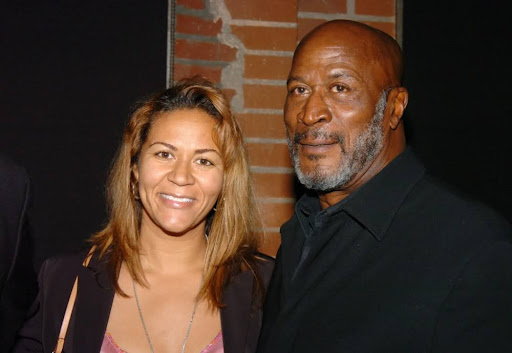
I still remember the morning I had to show up to court for jury duty. Not as a defendant, not even as a witness—just a citizen doing her civic duty.
But the moment I opened my closet, I panicked. “How do you dress for court without looking like you’re heading to a funeral or an office from the 90s?”
I asked myself while frantically thumbing past my oversized sweaters and maxi dresses.
Let me tell you, figuring out how to dress for court can feel like tiptoeing a fashion tightrope. Too formal and you look stiff.
Too casual and, well… let’s just say judges don’t appreciate yoga pants. That’s why I’ve put together this guide—to help you look respectful, professional, and still like you.
What Is the Court’s Vibe and Why Should You Care?
The courtroom is not the place to express your wild side. It’s about showing respect, professionalism, and seriousness—even if you’re not the one on trial.
Judges, juries, and lawyers are scanning you for credibility. Like it or not, what you wear can influence how you’re perceived.
Think of it like showing up to a super formal family dinner—where one wrong move (or mini skirt) gets you side-eyes and silence. Same energy.
How to Dress for Court (Without Feeling Like a Robot)
If you’re standing in front of a judge—or even just watching from the back—you want to keep your look clean, neutral, and modest. Here’s how to hit the mark:
For Women
Blouses, slacks, tailored pantsuits, or knee-length dresses with a blazer are all solid choices. Choose closed-toe flats or low heels, and keep accessories simple.
I once wore bold gold hoops to traffic court and regretted it the moment I caught the bailiff’s glare.
Colors? Stick to navy, beige, charcoal, or black. Patterns? Keep it calm—no cheetah print. No matter how fierce you feel in it.
For Men
A collared dress shirt, clean slacks, and closed-toe dress shoes are non-negotiable. A blazer or tie is a bonus, not a requirement, but it can help you look sharp without trying too hard.
Just avoid sneakers, jeans, or anything with logos. Trust me—this is not the time to rep your favorite sports team.
Is There an Official Court Dress Code?
Short answer: Not always. Long answer: Even when it’s not written down, courtrooms have unspoken rules.

Some courts post guidelines, especially in family or criminal court settings, but others assume you’ll just know not to wear flip-flops or a tank top.
If you’re unsure, call the courthouse in advance or ask your lawyer (if you have one). But when in doubt? Overdress just a little. You’ll never regret being the most put-together person in the room.
What Should You Avoid Wearing to Court?
Let’s get specific. Here’s what will absolutely not fly—no matter how cute or comfy:
- Jeans with holes, shorts, or leggings
- Crop tops or low-cut tops
- Loud prints or graphic tees
- Sneakers, sandals, flip-flops, sky-high heels
- Excessive makeup or cologne (judges will notice)
- Noisy jewelry (leave the bangles at home, bestie)
And please—no hats indoors unless it’s for religious or medical reasons.
How to Make the Most of “How to Dress for Court” Rules
Here’s the style trick I live by: layer smart, accessorize light, and neutralize the color palette.
Start with a neutral base—like a charcoal dress or a beige slacks-and-blouse combo—and build around it.
A tailored blazer adds polish, and clean, minimalist shoes ground the outfit. Use accessories like a small pendant or classic watch to express yourself without going overboard.
And don’t forget: grooming matters. Clean nails, neat hair, and light deodorant—not a fog of designer fragrance—go a long way.
FAQ: What People Secretly Google Before Court
What is the best way to dress for court?
Keep it simple, clean, and conservative. For women, tailored slacks, modest dresses, or skirts with blouses work great. For men, a collared shirt and dress pants are safe bets. Closed-toe shoes are a must.
Can I wear jeans to court?
Generally, no. Even if they’re dark-washed and ironed, jeans are considered too casual for courtrooms. Opt for dress pants or chinos instead.
Is there a dress code in court?
Most courts don’t have a posted code, but there are unspoken expectations: business casual or better, modest styles, and no overly trendy or revealing pieces.
Do I need to wear a suit or tie?
Not necessarily. If you’re attending a minor court appearance or jury duty, a clean button-down and slacks will do. But for serious legal matters, a blazer or tie adds authority and shows respect.
Final Scoop Before You Walk In That Door
When it comes to how to dress for court, here’s my golden rule: If it wouldn’t impress your grandma or your boss, save it for another day.
Your outfit doesn’t have to scream “law firm energy,” but it should whisper “I respect this space.” Choose clothes that give you quiet confidence, not stress.
And if you’re still unsure? Lay your outfit out the night before and do a mirror check from every angle—front, back, and side. Trust your gut and channel your most respectful self.
One last personal tip? Keep a backup outfit in your car if possible. You never know when coffee, traffic, or nerves will throw you off your A-game—and court is not the place for wardrobe malfunctions.



